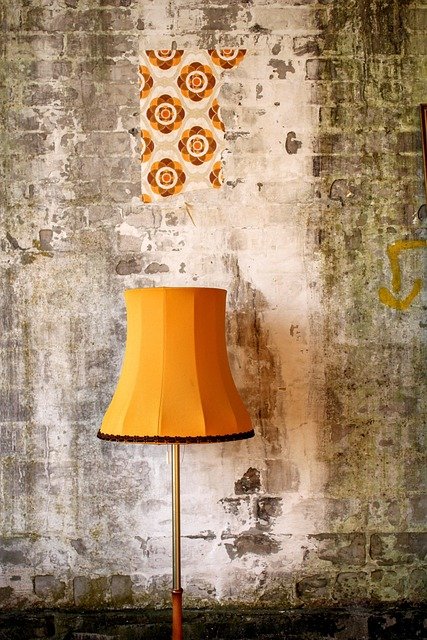Wallpaper Ideas for Home Office and Accent Walls
Wallpaper can transform a room by adding pattern, texture, and color without permanent construction. For homeowners and renters alike, modern papers and peel-and-stick options make it possible to define a home office, create a striking accent wall, or unify a home decor palette. This article explains practical choices for materials, installation, and design so you can match wallpaper to lighting, scale, and daily use while keeping maintenance and long‑term flexibility in mind.

How to choose wallpaper for a home office
Choosing wallpaper for a home office involves balancing aesthetics with function. Look for patterns and colors that support focus—subtle geometrics or muted botanicals are common choices—and avoid highly busy repeats if you’ll be on video calls. Consider material performance: washable or vinyl-coated papers stand up better to smudges and cleanings, while non-woven or peel-and-stick types simplify installation and removal. Pay attention to light reflection (matte finishes reduce glare) and acoustics (textured wallpapers can slightly soften sound). Always test swatches on the wall under actual lighting before committing.
Designing an effective accent wall with wallpaper
An accent wall should anchor a room without overwhelming it. Select a wall that naturally draws the eye—behind a desk or sofa—and choose a pattern scale that complements the room size. Large-scale murals can become focal art, while smaller repeating motifs provide texture and rhythm. Use contrast thoughtfully: a richer pattern on an accent wall pairs well with neutral surrounding walls, trims, and furniture to maintain balance. Align motifs with architectural lines (windows, doors, trim) to avoid awkward pattern breaks, and consider how furniture placement will interact with the design.
Wallpaper materials and maintenance
Wallpaper options range from traditional paper to modern vinyl, non-woven, grasscloth, and peel-and-stick varieties. Vinyl and vinyl-coated papers are durable and washable, making them practical for high-traffic or frequently used spaces. Non-woven papers are breathable and easier to remove, often sold as paste-the-wall or paste-the-paper. Natural materials like grasscloth offer unique texture but require more careful maintenance and are less tolerant of moisture. Peel-and-stick vinyl is convenient for temporary installs and rentals. For upkeep, follow manufacturer cleaning recommendations—typically mild soap and water for washable types—and avoid excessive moisture or steam during removal.
Wallpaper in interior design: patterns and scale
Pattern selection should consider scale, repeat, and the room’s proportions. Small rooms often benefit from small- to medium-scale patterns or vertical stripes to create height. Large rooms can handle oversized florals or bold geometrics that read well from a distance. The repeat (distance before a pattern repeats) affects waste and alignment during installation—complex repeats may require extra material. Mixing patterns is possible when you coordinate by color palette and vary scale; for example, pair a large-scale floral with a small geometric in the same hue family to create layered interest without visual conflict.
Integrating wallpaper into home decor schemes
Wallpaper works as part of an overall home decor strategy: coordinate it with upholstery, rugs, paint colors, and lighting to create cohesive interiors. Use paint chips and textile swatches to build a palette before choosing a wallpaper, and allow one dominant pattern or color to lead the scheme. Consider trim and molding color—the same wallpaper can feel traditional or contemporary depending on the trim finish. For open-plan homes, repeat a color or motif in multiple rooms to create flow, but vary scale or intensity to keep each space distinct. Also factor in resale and longevity—neutral, versatile designs often appeal to broader tastes.
Conclusion
Wallpaper offers a flexible tool for shaping rooms, whether you’re defining a home office, installing an accent wall, or refining an interior design scheme. Prioritize material performance, pattern scale, and real-world lighting when selecting options, and use swatches to preview results. With careful planning around function and decor, wallpaper can add lasting texture and personality while remaining compatible with evolving styles and practical needs.





